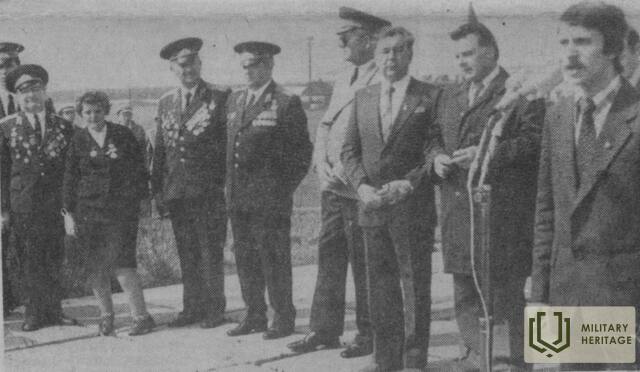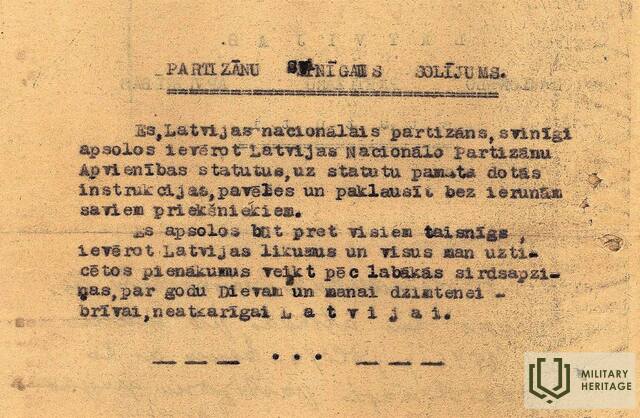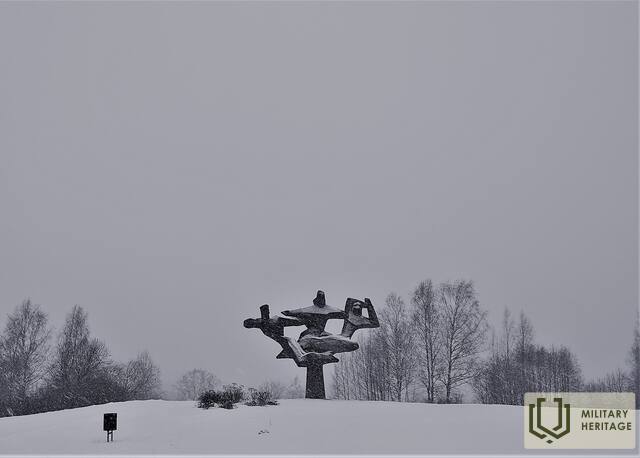Monument for the Freedom-Fighters Memorial site

It is located in Tukuma, Mālkalna, Jelgavas street 15A.
The monument was opened in 1975 to highlight the merits of the Red Army during World War II. It served as a means of Soviet ideology and propaganda, symbolically strengthening the presence of the occupation regime in Latvia and creating the myth of the Soviet power as "liberators". The author of the monument is sculptor and resident of Tukums Arta Dumpe.
After the capitulation of Germany on May 8, 1945, the Red Army perceived Kurzemi as a territory conquered from the enemy and not a liberated part of the USSR. The inhabitants of Kurzeme were enemies and their property was considered war trophies. The repressive authorities and the army began the "Cleaning of Kurzeme". Men aged 16-60 were detained, registered and examined. In terms of danger, the inhabitants of Kurzeme - men - were compared to the military personnel of capitulated Germany. The permissiveness of the Red Army and the wave of crimes began - murders, rapes, robberies, arrests and "disappearances of people". The only armed resistance was from the National Guerrilla groups. The Soviet authorities created fighter battalions, including in the Tukum district, to eliminate any counter-action. The wave of violence and terror reached its climax in 1949, when the population was deported throughout Latvia.
Today you can see the monument. Its symbolic meaning is explained in different ways - a battle scene or a mother holding her sons fighting on opposite sides. The monument is installed on a hill with an impressive view.
Used sources and references:
Yearbook of the Latvian Occupation Museum. Collective of authors. Liberators as conquerors. R: Society of the Latvian Occupation Museum. 2006
Lauva, J. At the monument to the liberators of Tukum. Morning of Communism (Tukums). No. 56. 1985
Strautmanis, I. Memorial ensembles of Soviet Latvia. R: Science. 1986
Related timeline
Related topics
Related stories
On the crimes of the Red Army soldiers in Tukums.
Several monuments to the Red Army have been erected in Tukums during the Soviet occupation. Today, they have still not lost their former Soviet ideological goals and continue to create the myth of the Red Army as liberators. There are many sources for the crimes of Red Army soldiers. One group of sources can be found in local newspapers, which vividly describe the Red Army's permissiveness and the scale of the crime.
















